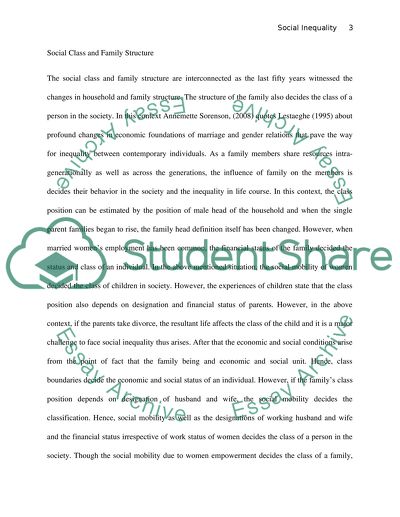Cite this document
(“Core Assessment Social Inequality Term Paper Example | Topics and Well Written Essays - 2500 words”, n.d.)
Core Assessment Social Inequality Term Paper Example | Topics and Well Written Essays - 2500 words. Retrieved from https://studentshare.org/miscellaneous/1516784-core-assessment-social-inequality
Core Assessment Social Inequality Term Paper Example | Topics and Well Written Essays - 2500 words. Retrieved from https://studentshare.org/miscellaneous/1516784-core-assessment-social-inequality
(Core Assessment Social Inequality Term Paper Example | Topics and Well Written Essays - 2500 Words)
Core Assessment Social Inequality Term Paper Example | Topics and Well Written Essays - 2500 Words. https://studentshare.org/miscellaneous/1516784-core-assessment-social-inequality.
Core Assessment Social Inequality Term Paper Example | Topics and Well Written Essays - 2500 Words. https://studentshare.org/miscellaneous/1516784-core-assessment-social-inequality.
“Core Assessment Social Inequality Term Paper Example | Topics and Well Written Essays - 2500 Words”, n.d. https://studentshare.org/miscellaneous/1516784-core-assessment-social-inequality.


